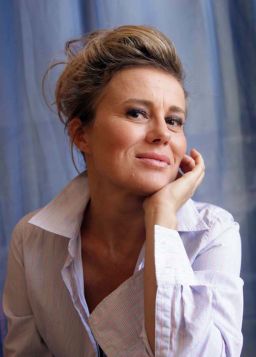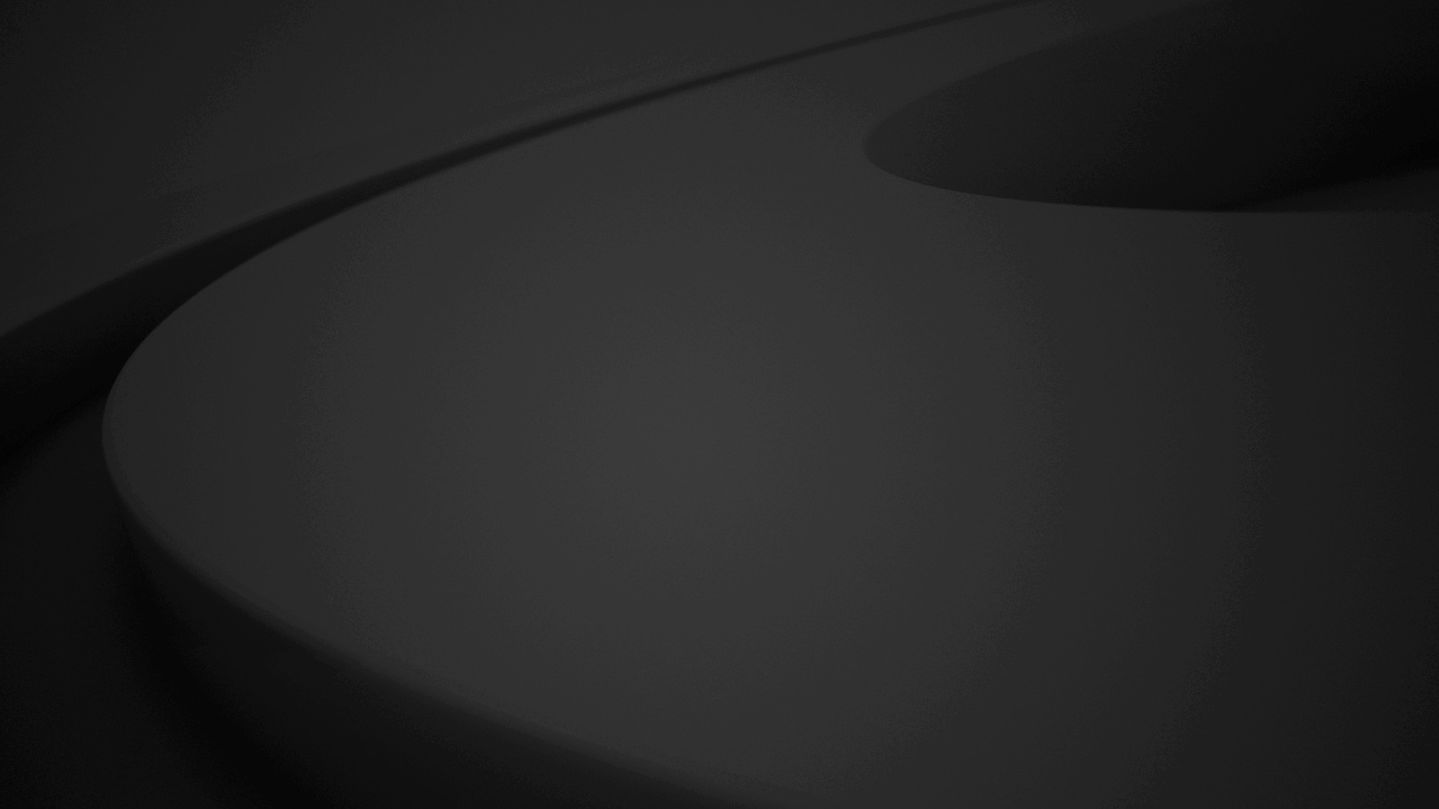Story highlights
While visiting Cuba, photographer Hana Jakrlova stumbled onto an unusual amusement park
"The World of Fantasy," she said, "is kind of a metaphor for what Cuba is going through"
Large plastic dinosaurs loom over spotty grass, their long shadows stretching into the mountains. Rocket ships and nonsensical pineapple houses sit weathered and vacant. Waitresses stand ready with drinks for guests that never come.
“El mundo de la fantasia” (translated: “The World of Fantasy”) is more a mystery than it is an amusement park.
Photographer Hana Jakrlova stumbled upon this place on her trip to Cuba this past April. She rightly assessed that the state-run park had been significantly damaged from Hurricane Sandy in 2012, but what goes unexplained is whether this park actually had a heyday at all.
Jakrlova said that it seems the park is “a kind of a metaphor for what Cuba is going through.” She cites the cartoons as symbols of capitalism and democracy that many Cubans desire, while the political figures – such as former U.S. President George W. Bush – speak of the establishment’s fear of “American imperialism.”
“The park is one of those places that symbolize the state of Cuba now,” she said. “It’s kind of picturesque … but also sad and bizarre.”

Jakrlova has been planning on visiting Cuba for years. Growing up in Czechoslovakia, she remembers hearing stories from her mother who visited Cuba years ago.
Jakrlova was determined to avoid all the cliches that tourists tend to fall into when they visit Cuba. She did not want to photograph old cars, cobblestone streets or colorful paint-chipped buildings. She wanted to get past the salsa-dancing tourist attractions and photograph the reality of Cuba.
Traveling the southern coast of the island, in Santiago de Cuba, Jakrlova came across this seemingly abandoned amusement park. However, much to her surprise, the park was open for business.
She said the park is mostly deserted, visited only by a few locals and rarely by tourists. She spent an afternoon in the park and traipsed through the overgrowth into a dinosaur-filled area where local farmers let their goats graze on the grass.
Jakrlova said she was the only visitor in the park that day. She was intrigued by the ghost-like experience of the place, turning corners to find passers-by drifting through this imaginary landscape or sitting in the shade of a Tyrannosaurus.
This ghostly aspect of the park is a side of Cuba that many tourists do not see when they visit. Jakrlova said she finds it astonishing that many Westerners view Cuba as “some kind of romantic, cute, revolutionary playground” when it is in fact a “very different thing, where people still face tough political oppression and huge economic hardships.”
The Cuban people were very welcoming and easygoing, she said, and she had a great deal of freedom when photographing. (But she said she did have some of her camera’s memory cards erased by the police when she was leaving the country.)
“I found Park Fantasia completely by accident. … I didn’t have any specific plan for my Cuba trip, and I wanted to be surprised,” she said. “I am an art and documentary photographer, but somehow the trip to Cuba woke up the photojournalist in me – I was driven to capture the Cuban reality.”
Hana Jakrlova is a Czech-born photographer based between New York and Prague, Czech Republic. She is returning to Cuba and has an exhibition and book coming out called “Cuba Before the Dawn.”










